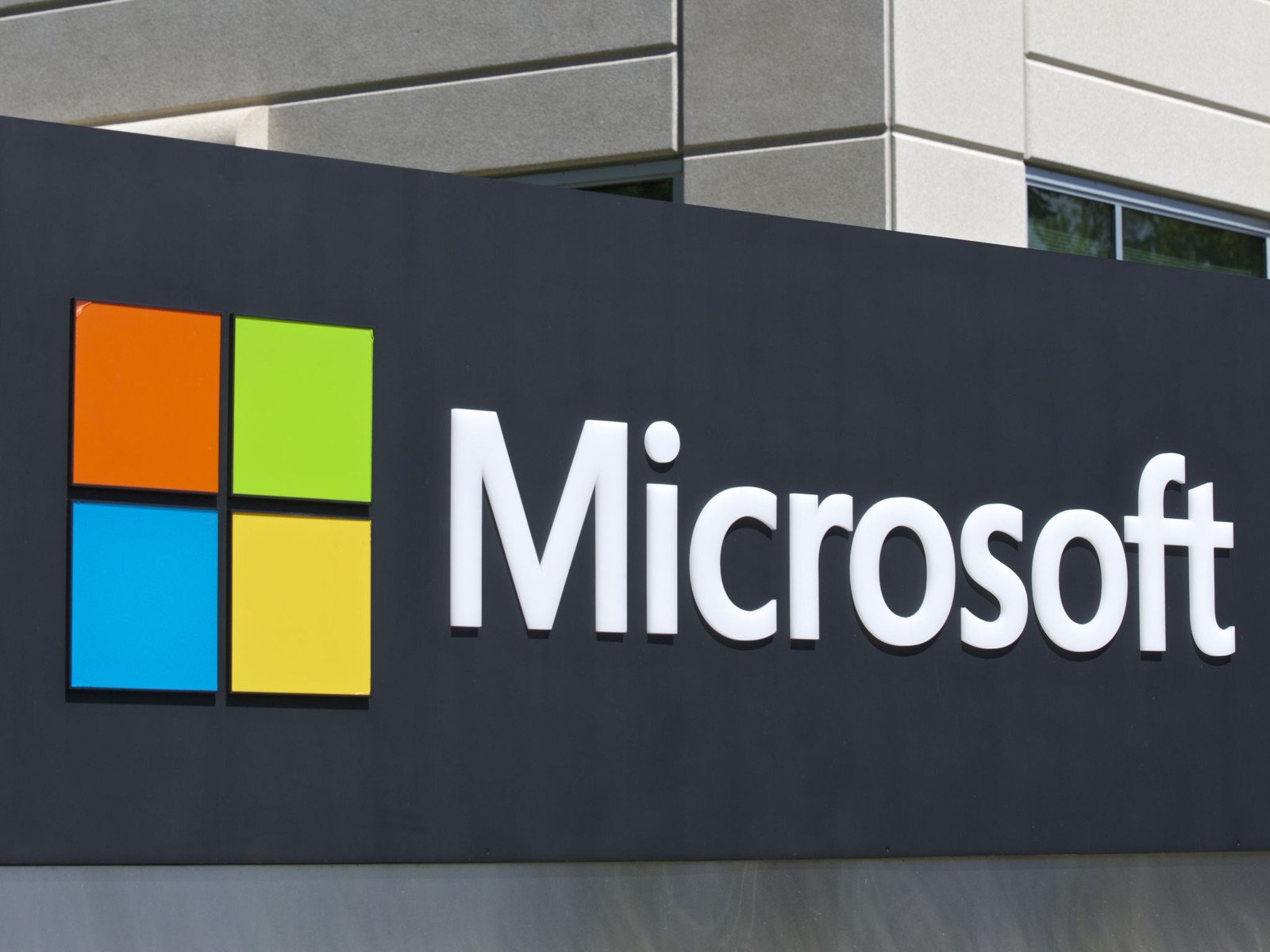2023: The year of Nvidia
2023 has been the best start to the year for technology stocks in 25 years. To say that Artificial Intelligence (AI) has played a part in that euphoric rise in stock valuations would be an understatement. ChatGPT has become the fastest-growing application to get to 100 million users [1]. It has been used by students to help with their homework. It has been used by Coke to dream up its recent advertisement [2]. It has been used to create digital art that won first place at the Colorado State Fair [3]. It has been used by a lawyer conducting case research [4] (unaware that its content could be false).
The one constant underlying all of the above was the use of Nvidia’s GPUs (Graphics Processing Units). The company has won (almost the entirety of) the available opportunity for good reason: GPU’s suitability to process parallel instructions and Nvidia’s early foray into developing and supporting CUDA (Compute Unified Device Architecture) libraries, has made it easy for developers to leverage its GPU. This early lead has compounded over time.
Look out for competition and bottlenecks
Nvidia’s rise opens the door for rivals to take a share of the pie. As technology gets more broadly adopted, levers of competition often shift from ease of use to cost and economics. This is where Nvidia’s 80% gross margin on GPUs leaves a very wide pricing umbrella for competition to come in. Hyperscalers, such as Microsoft, Facebook and Amazon, are already working together with fabless chip design houses to make custom chips (ASICs – Application-Specific Integrated Circuits) for accelerating workloads. Google already uses its own custom processors, TPUs (Tensor Processing Units), in many workloads.
As technology gets more broadly adopted, levers of competition often shift from ease of use to cost and economics
As the size of these AI models keeps growing at an exponential pace, there are more problems to the solved.
- While compute chip has kept pace, the memory bandwidth hasn’t. This means incremental performance gains can also be made by solving this bandwidth problem through software (instruction sets) and hardware (interconnects, CXL – compute express links).
- Furthermore, larger models require multiple pods of GPUs connected through high-bandwidth networking gear.
- Finally, generative AI reduces the barriers and costs of content creation. For instance, Adobe stock photos is a library of circa 200 million images. Over the last couple of months, while Adobe Firefly (Adobe’s generative AI) has been in beta, users have created 200 million images using AI. This has implications for storage demand.
Democratizing the use of Generative AI
Businesses that own proprietary datasets will become valuable, especially since those datasets are required to create generative models. Earlier this year, Getty Images sued Stability AI for copyright infringement [5], alleging the latter copied 12 million images to train its AI model. The results of this case will have serious implications in the world of content generation and copyright protection – whether it is images, music, videos or advertisements.
Data has been hailed as the new oil. Generative AI might as well be the internal combustion engine of our age that helps unleash its value.
Most software businesses will be turbocharged with the use of generative AI. At its core, generative AI is a piece of software that needs specialized chips to run. The value of this technology will be realized in real-world software applications that help improve productivity across the board for its users. Microsoft and Adobe have already teased us with what’s coming next. We will have meeting notes transcribed and summaries made, with any follow-ups or action items highlighted. Institutional knowledge that sits in unknown corners of an organization could be aggregated and codified. The chatbots on the phone or on a website will become exponentially more helpful. Each one of us could become a graphic designer, making art using language with little to no knowledge of how to operate a Photoshop tool. When language becomes the “API” [6] to access and benefit from most software tools, their usage gets democratized. Applying generative AI to existing software will be a significant and durable pricing growth opportunity for incumbents.
A review of generative AI would be incomplete if we didn’t note the ongoing Cambrian explosion in the open-source domain around smaller models and applications of generative AI.
In February 2023, after Meta publicly released their 65B parameter LLM to help researchers in the field of AI, multiple fine-tuned derivates showed up. This fine-tuning sometimes costs as little as US$300 [7]. The availability of an open-source foundation model lowered the capital barrier, and broad interest has fuelled open-source innovation as well as disruptive market entrants. Stability AI, a company we referred to earlier, is an open-source company with 200,000 members in its community. Mid-journey, another generative imaging tool, has only 11 full-time staff and has chosen to remain private and self-funded [8].
Exciting times
It’s a very interesting time for innovation and competition. The adoption of generative AI in various industries will lead to significant productivity benefits and consumer surplus. Of course, as with any new technology, many businesses will jump on the generative AI bandwagon. So, while it’s a very exciting time to be investing, it will be important to separate the wheat from the chaff.
Disclaimer: Not investment advice. Opinion
[1] https://www.reuters.com/technology/chatgpt-sets-record-fastest-growing-user-base-analyst-note-2023-02-01
[2] https://www.coca-colacompany.com/media-center/coca-cola-launches-masterpiece-campaign
[3] https://www.nytimes.com/2022/09/02/technology/ai-artificial-intelligence-artists.html
[4] https://www.bbc.co.uk/news/world-us-canada-65735769
[5] https://www.theverge.com/2023/2/6/23587393/ai-art-copyright-lawsuit-getty-images-stable-diffusion
[6] An application programming interface (API) is a way for two or more computer programs to communicate with each other. It is a type of software interface that offers a service to other pieces of software. https://meanreversion.org/index.php/2023/01/22/language-is-the-api-to-the-human-brain/
[7] https://lmsys.org/blog/2023-03-30-vicuna/
[8] It is cash flow positive, unlike many start-ups of the last decade




